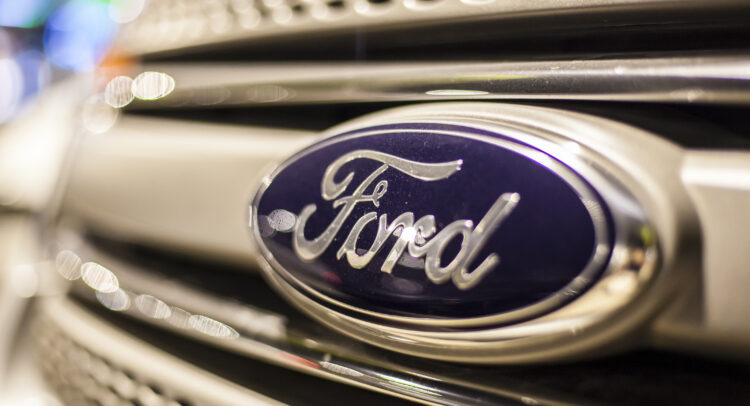True. It's just that Elon knows more than we do about the specifics so his opinion is a little better than ours.FWIW I assume he was telling the truth when he said that about HW2. Then again when he said it about HW2.5. Then again when he said it about HW3.
But until they actually achieve it, nobody including Elon actually knows how much in car compute is "enough" to do the job.
Over time, Elon will be less wrong than those who are less informed.



